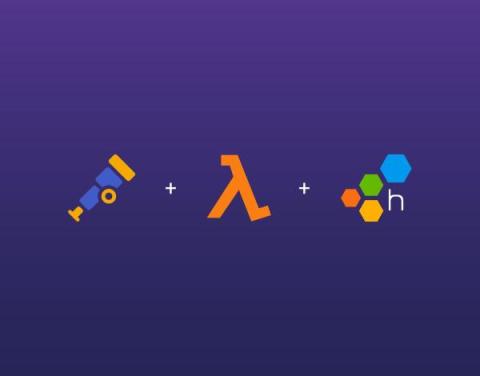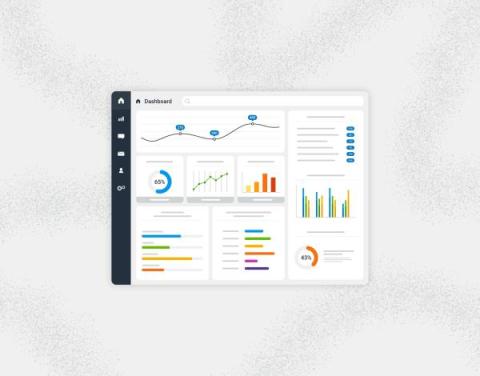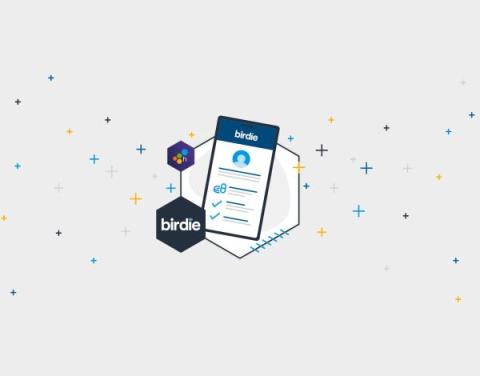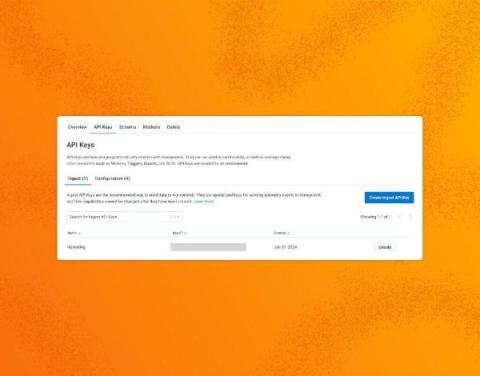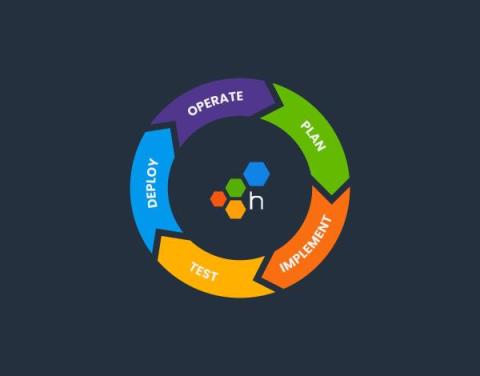Sending OpenTelemetry Data From AWS Lambda to Honeycomb
In this post, I describe how to send OpenTelemetry (OTel) data from an AWS Lambda instance to Honeycomb. I will be showing these steps using a Lambda written in Python and created and deployed using AWS Serverless Application Model (AWS SAM).


